I remember the first running shoes I bought. I went into Sweaty Betty and bought a pair of Asics, they were purple and grey and my friend Emily had a matching pair. Whilst they may not have been the right shoe for my feet, they were incredibly comfortable and that was all that mattered back then.
Once I’d run those into the ground, I went to the Asics store, ran on the treadmill and bought the pair that their shoe expert recommended. Only problem was…they weren’t that comfortable. I pronate, and so the shoes were designed to support my feet and stop me rolling inwards but it didn’t feel natural.
So I bought another pair with slightly less support, and they were great! All the same brand but not all the right shoe for me.
I’ve since tried a LOT of different shoes over the years, run hundreds of miles in some brands, including 6 marathons in different versions of Adidas Ultra Boost. There is no one perfect brand or shoe for everyone. It comes down to the individual foot shape, running style, preference, and also…cost.
Of course cost is a big factor for a lot of us, but if you’re going to invest in one piece of running gear, it would be your shoes. They can make a huge difference to your comfort and help prevent injury. (I’d also suggest getting a good sports bra!)
I asked Hollie Sick (aka Fueled by Lolz on instagram and her weekly newsletter) and Emma Kirk-Odunubi, both running shoe experts that are my go-to for shoe questions to help give some advice for new runners buying their first pair of running shoes, and those of us that might need replacement pairs after clocking up the miles during lockdown, how we can do this…
Why is it important to have a pair of running shoes rather than just your old pair of trainers?
According to Emma, run specific trainers are key because they help to support you for the action of running forwards or back. Other shoes may be more built up; say tennis or netball trainers and be a little heavier and use dense materials. Those aren’t made to be comfortable for running long distances!
So if you’ve just finished Couch to 5K or you’re about to start running and are keen to commit to it, then it’s well worth investing in a pair of proper running shoes to make sure you’re comfortable on the run.
There’s a 15% discount code at Runner’s Need if you listen to my podcast!
How To Choose A Pair Of Trainers If You’re A Beginner Runner
It can be hard to find your first pair of running specific trainers. There are so many brands out there offering a huge array of styles that it can feel impossible to know where to start. Emma advises that whilst all brands are trying to cater to all types of foot shape and size, certain brands may be more suited to a narrower foot or wider foot.
And this is not the time to be tempted only by the colour way (although as a trainer lover I find this hard!)
Ideally, you would go into a speciality running shop and run on the treadmill to have a proper gait analysis. Most running shops will offer this as a free in-store service to help you pick the right shoe. I had mine done most recently at Runner’s Need where they filmed me running, and showed the me slightly pronating inwards (and dropping my hips, it was not pretty!!)
During lockdown, obviously this is significantly harder, however Hollie, a running shoe expert advised that many running stores are doing virtual fittings. They can do a Zoom call, watch you walk around in your own home and analyse your gait! Some brands, like Brooks have online shoe finders to help you navigate their range, whilst other brands may have online chats/emails that can assist you.
If in doubt, Emma suggests going for a stable neutral shoe that isn’t overly cushioned. Shoes which are too soft can sometimes not hold the foot so well. But remember, your running shoes don’t need breaking in. They should be comfortable the first time you wear them.
Best Running Shoes For Beginners
Let me just say there is no single best running shoe for everyone, we all have different feet, gait and foot strike. Some may roll inwards, some outwards, some may heel strike whilst others land on the ball of their foot. I asked Hollie and Emma to share a couple of their favourites, and turns out they are quite similar to shoes I personally wear in heavy rotation. These are neutral shoes that won’t suit everyone but could be a good place to start…
Brooks Ghost 12’s
I’ve worn these more than any other shoe in the last 8 months, in fact I probably have exceeded 500 miles and should really order a new pair. (I’ve got my eye on this black and gold version). They are honestly some of the most comfortable shoes I’ve ever worn, they’re a neutral cushioned shoe, perfect for easy runs as you build up the mileage.
The shoe has a 12mm heel to toe drop, and the upper is 3D printed, meaning it’s made from one single piece of material, reducing chances of blisters from seams. The sole is made in part by DNA loft, a foam/air/rubber combination giving durable cushioning, whilst the forefoot is made of BioMoGo DNA which gives more energy return, helping you propel forward faster.
The Hoka Arahi were the shoes I would put on after a long flight, a long day or when I kind of didn’t want to run…they were like slippers in my opinion. Whilst I know the shape and unique sole of the Hoka can put some beginner runners off, the toe to heel drop in most Hoka’s is actually quite similar to other cushioned neutral shoes, at around 4mm, so you’re getting a minimal shoe with a lot of underfoot cushioning.
The sole tips up at the ends, this meta-rocker geometry is supposed to encourage your natural running gait, giving you a smooth roll to lift off your toes designed to help prevent lower limb injuries. This shoe offers added stability as your foot sits within the midsole which the brand calls ‘the bucket seat’. I’ve written a whole review here of the Hoka One One Clifton 3 here.
New Balance 1080s
I personally really like the cushioning of this newest version of the NB 1080s, which seem to be a little closer to in looks to Hoka than previous iterations. Like the Hoka, despite its size, it’s very light on the foot and whilst running, you don’t even think about your shoe…
The inner part of the shoe’s sole has been built up slightly to protect your foot from fatigue related pronation whilst the knit upper is made from ‘Hypoknit’, designed for a snug fit in some places and unrestricted movement in others, to fit the natural movement of the foot.
Asics Gel Nimbus
I’ve run three of my 13 marathons in Asics, and clocked up many, many miles in the Gel Nimbus. These are one of those shoes that don’t change much between the iterations, making it a fairly safe bet to buy on repeat, season after season. It is a smooth and supportive shoe, that has a high-abrasion rubber outsole that adds durability to the shoe as well as traction on wet roads and easy trails. The gel technology is designed to provide shock absorption in your heel and forefoot. It’s not the lightest shoe of the bunch but it’s sturdy and a great training shoe and they’ve just brought out a ‘Lite’ version, that I can’t wait to try!
Shoes that I haven’t personally tried but that were recommended were the Mizuno Wave Sky (Tom wears Mizuno and loves them, a friend of ours actually borrowed his shoes for a run and loved them so much that they bought a pair), Saucony Ride, and Sonic 3 from Under Armour. Emma’s (an Under Armour ambassador, is currently running in the I currently run in the HOVR Machina UA. She explains that it is a ‘great combination of soft cushioning and propulsive feel to help the energy return and cushioning through my run’.
There’s a 15% discount code at Runner’s Need if you listen to my podcast!
Is it true your running shoe should be a size larger than your usual shoes?
Yes! You want your running shoes to be 1/2 – 1 1/2 sizes larger than your everyday shoes, this accommodates for your feet swelling when you work out. And is particularly important for longer distance runners. You might want to check out my post on ‘How to Avoid Losing Your Toenails!’
Emma suggests that you want to have at least a finger or thumbs width at the end of the shoe to allow for extra space when the foot swells and splays as we run.
Wide vs Narrow fit?
Personally I have struggled with some shoes being too narrow for my feet (and I don’t think they’re particularly wide!) I’ve struggled with some versions of Asics and Hoka shoes which is why it’s crucial to find a pair that works for your particular feet. New Balance, Brooks and Hoka One One have different width fittings for their shoes, whilst Hollie reported that Mizuno, Asics and Adidas tend to be on the narrower side.
According to Nike’s research, women tend to have broader forefeet, a narrower heel, longer toes and higher arches than men, so it could be worth buying the female specific shoes to cater for these different biomechanics.
How do you know if you need a stability shoe?
Stability vs neutral is basically about how your feet move. You can be categorised into these areas based on foot pronation levels. Pronation is a normal movement we all do and it is how the foot shock absorbs when we walk and run. The speed, location and degree to which it happens in the foot can depend on what shoe you end up in.
Also just because you have a high arch or a flatter foot doesn’t mean you need a certain type of shoe (which is why the wet foot trick doesn’t work!). Eg. All ‘flat feet’ aren’t better in one specific shoe because those all those feet could move in very different ways.
It’s all about having a comfortable run. If you find yourself with more ankle pain, sometimes that’s a sign you need a stable shoe. But both Emma and Hollie agree that the only real way is to have a professional watch you run or walk. Get in touch with a specialist run store who have a lot more experience than a generic sports shop, and ask them for assistance!
>When should you replace your running shoes?
A pair of shoes should last around 400-500 miles based on usage and weight of the ‘average’ runner. Again this varies amongst us all. The best way is to track on an app like MapMyRun or Strava and log your shoes once you purchase them. If in doubt change at least once a year or after an injury says Emma
>For me a good sign is when the shoe is starting to show wear and tear – like the sole losing traction. Racing flats or shoe like the Nike Vaporfly 4%, tend to have a shorter life span than training shoes.
For runners who have a favourite shoe already, can they just buy the next iteration of that shoe? For example switching from the Ghost 11 to Ghost 12?
Hollie told me that whilst brands like Brooks, New Balance, Hoka and Saucony usually keep their shoes quite similar within model lines, this is not always the case. Nike in particular changes their shoe almost every model so it’s definitely worth trying them on, or ordering from somewhere with a good returns policy!
Do you need a trail running shoe and a road shoe? Or can one shoe do the job?
Emma’s advice is that if over 70% of your running is off road go for a trail shoe. Many road shoes can be used on partial trail routes as they have fairly good grip. However a trail shoe is a great investment if you spend a lot of time out on the fields/toe paths or woods.
My personal favourite trail shoes currently are the New Balance Fresh Foam Hierro, I ran a trail half marathon in Nepal in them as well as 10K in the sand in Wadi Rum. They were incredibly comfortable, supportive and withstood both mud and sand brilliantly. I’ve also worn the Hoka One One Speedgoats for years.
This is unfortunately not a definitive guide as there are simply so many shoes on the market, and the technology is constantly evolving, not to mention the fact that each foot is different! However, I hope it gives an insight into a few of my favourite neutral shoes, and helps guide you to find a pair that suits your feet, running style and training needs!
Leave a comment or DM me on instagram if you have any other questions…
There’s a 15% discount code at Runner’s Need at the end of each show if you listen to my podcast!
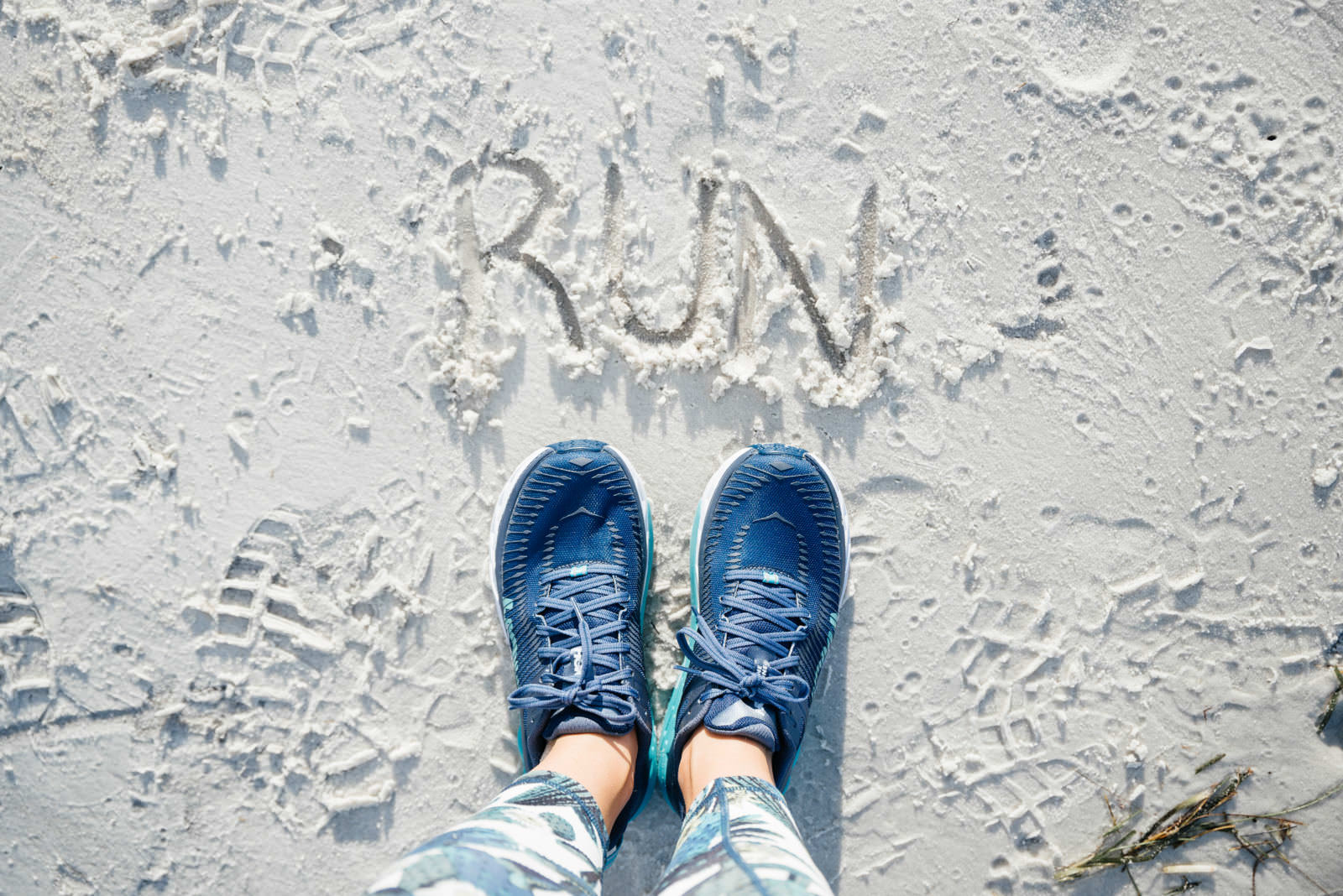
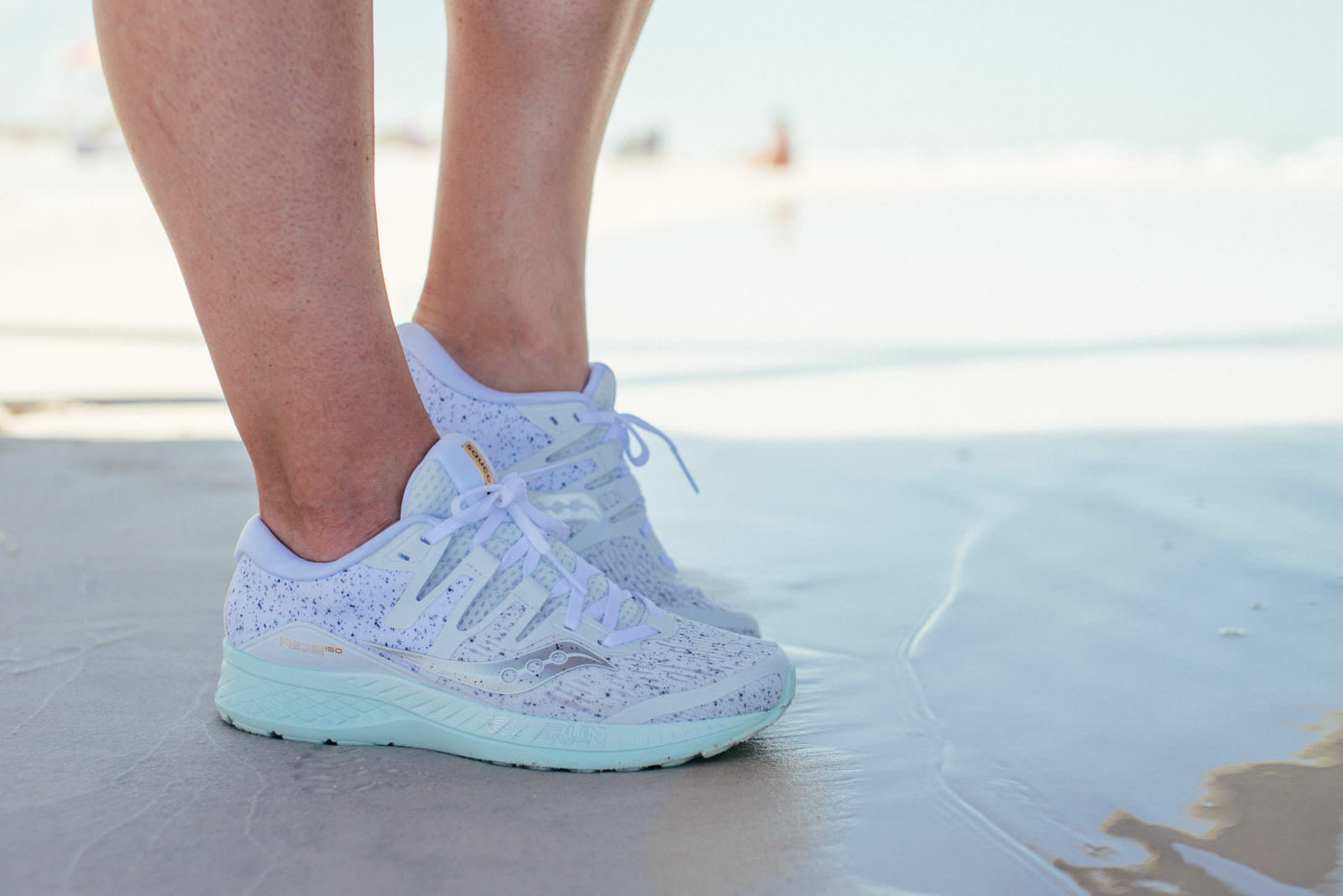
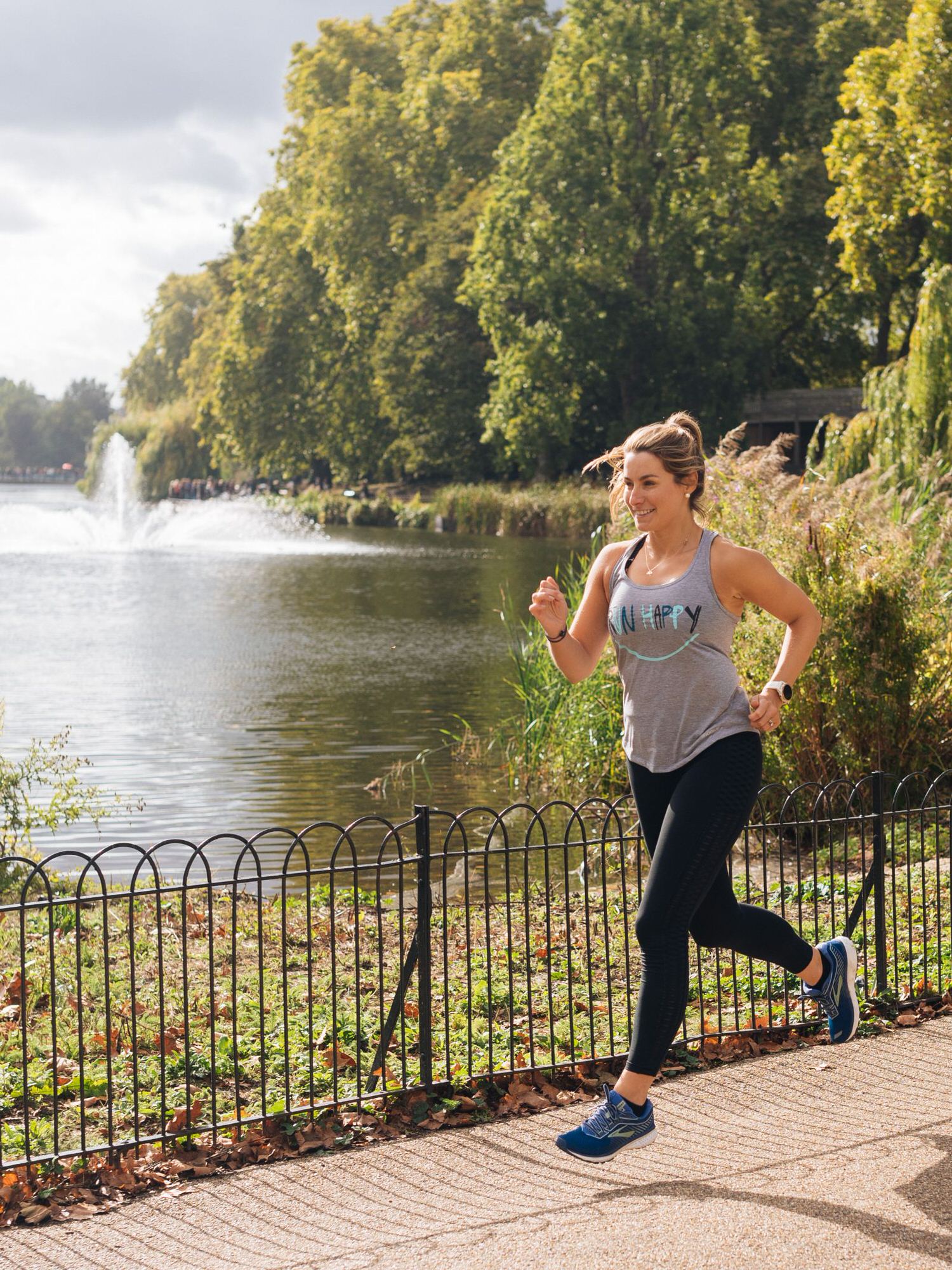
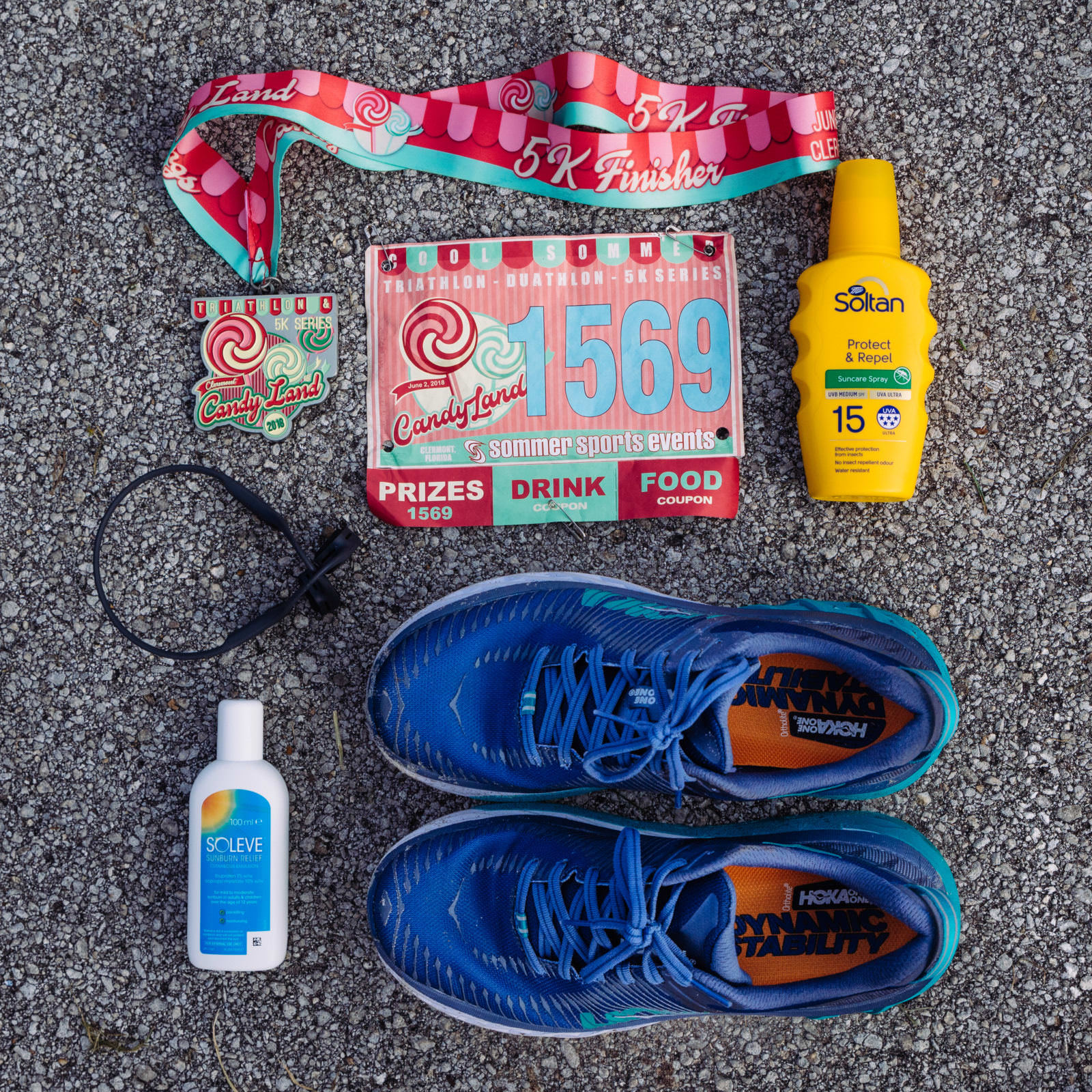
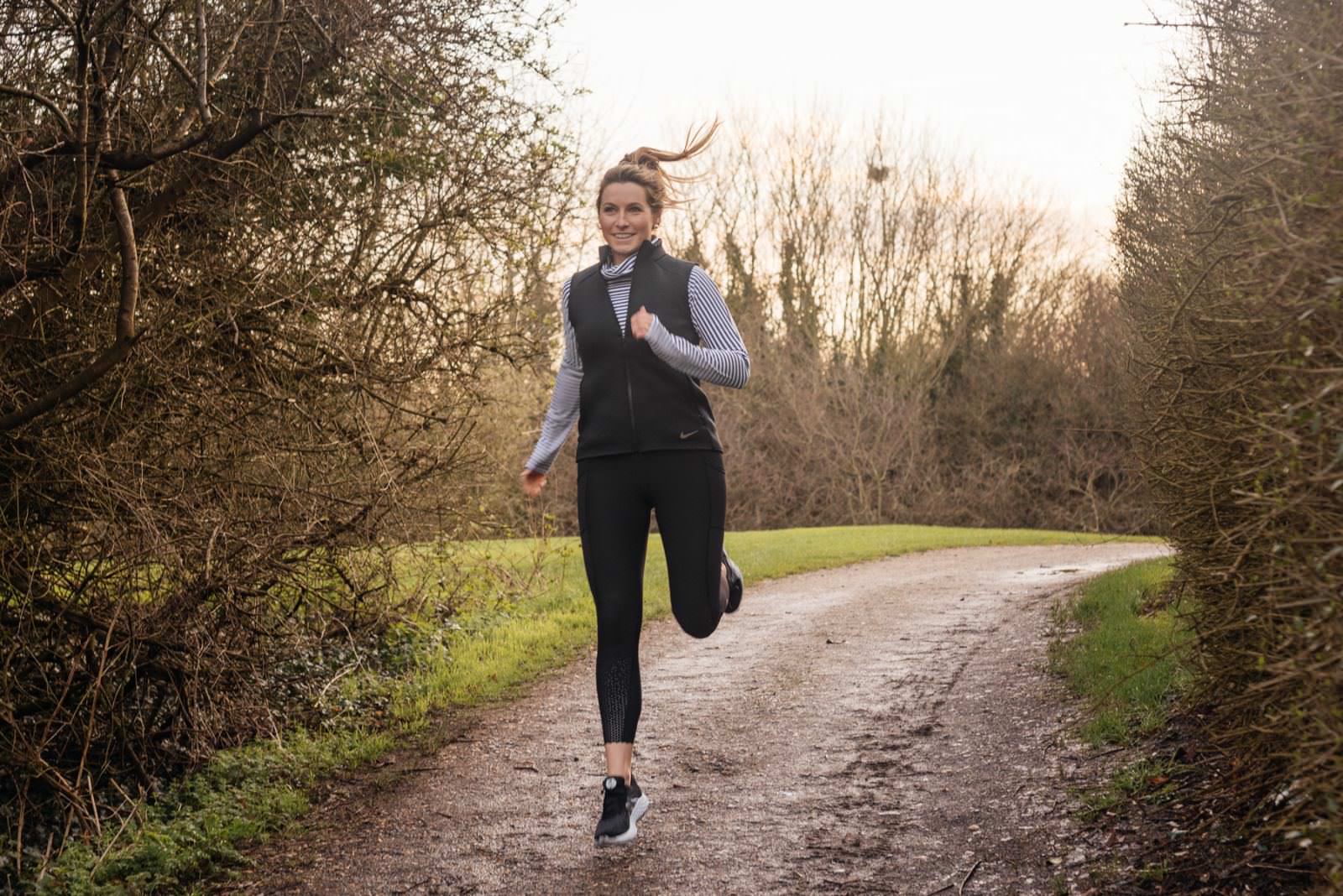
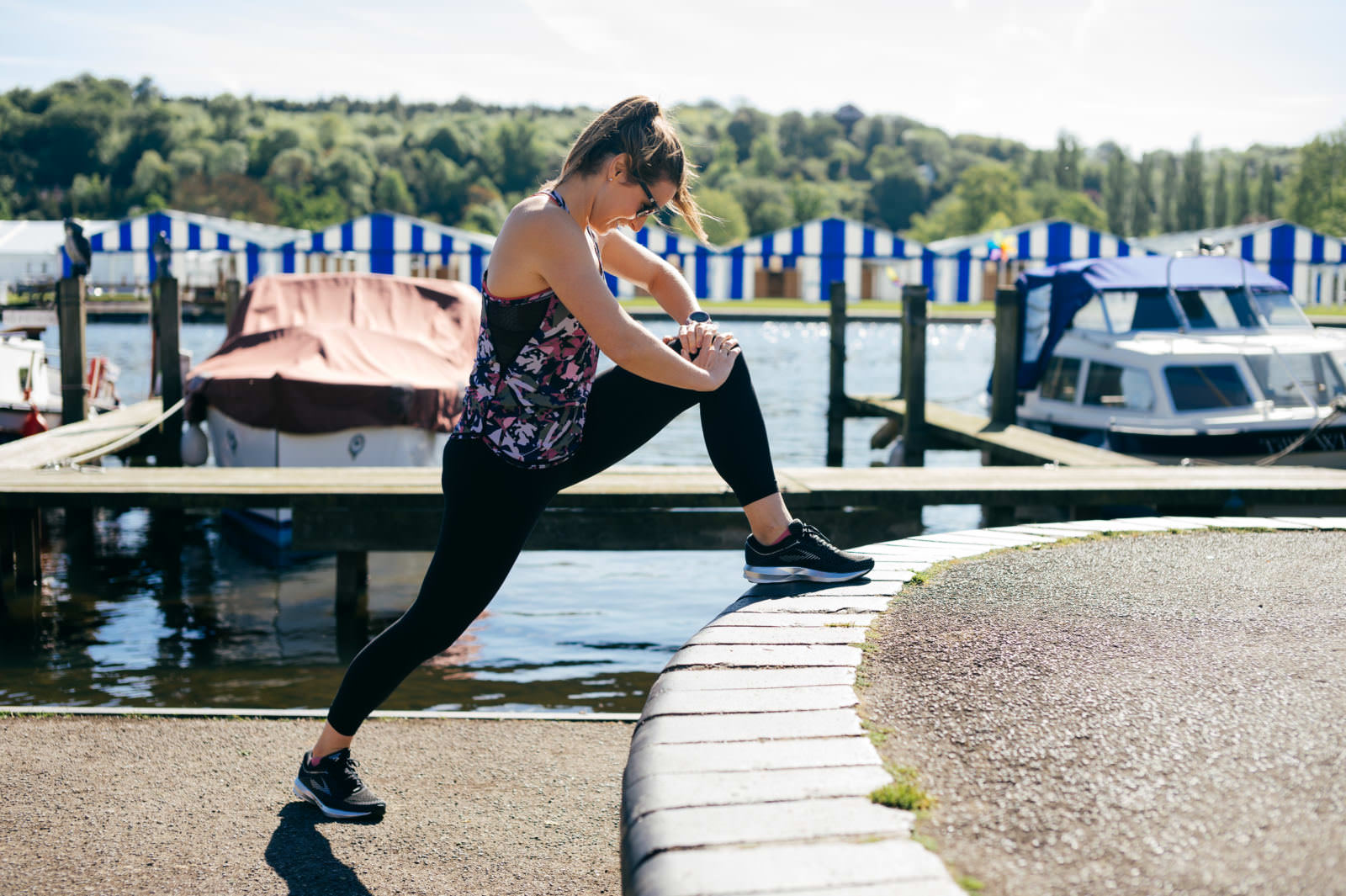
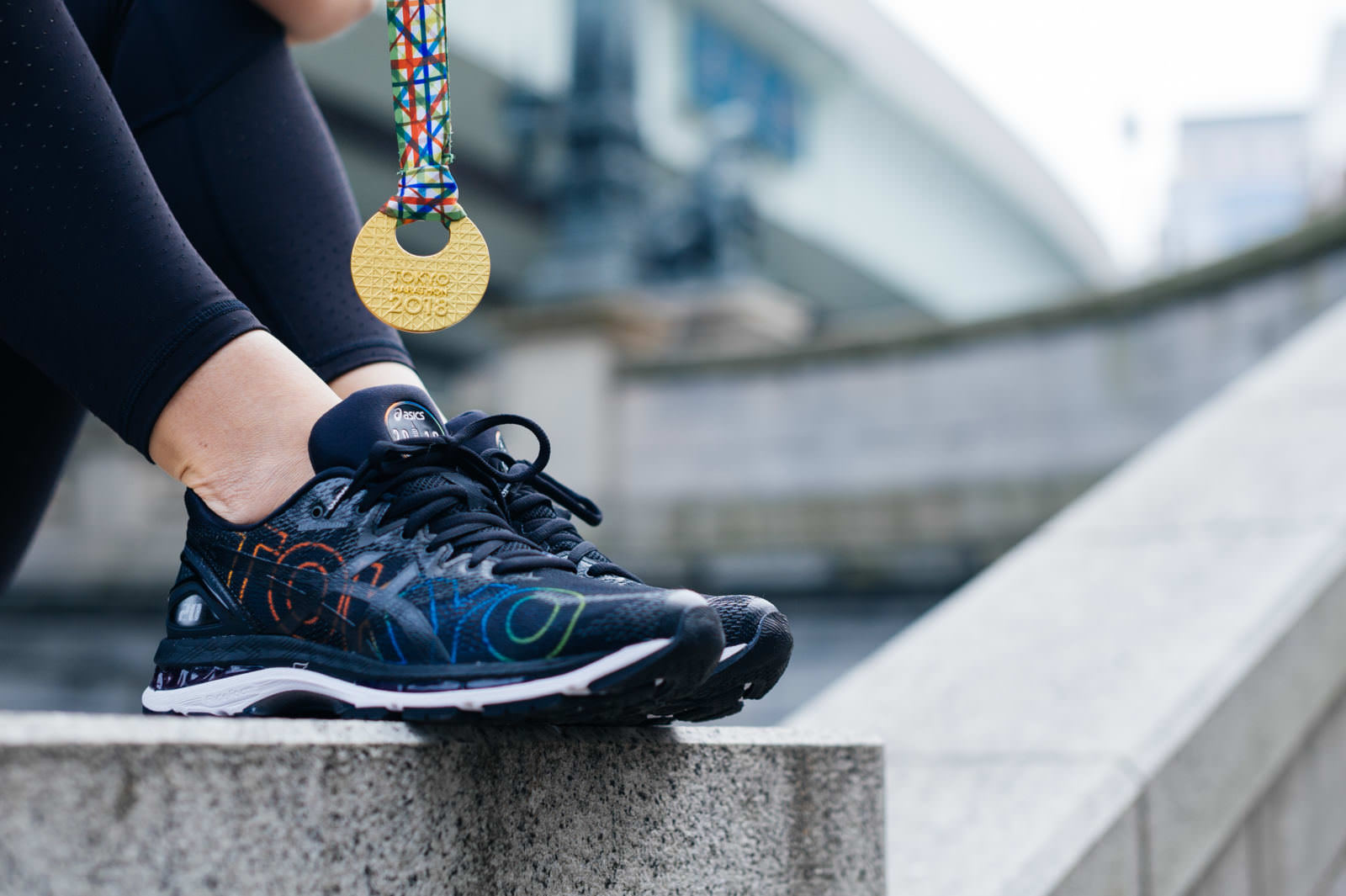
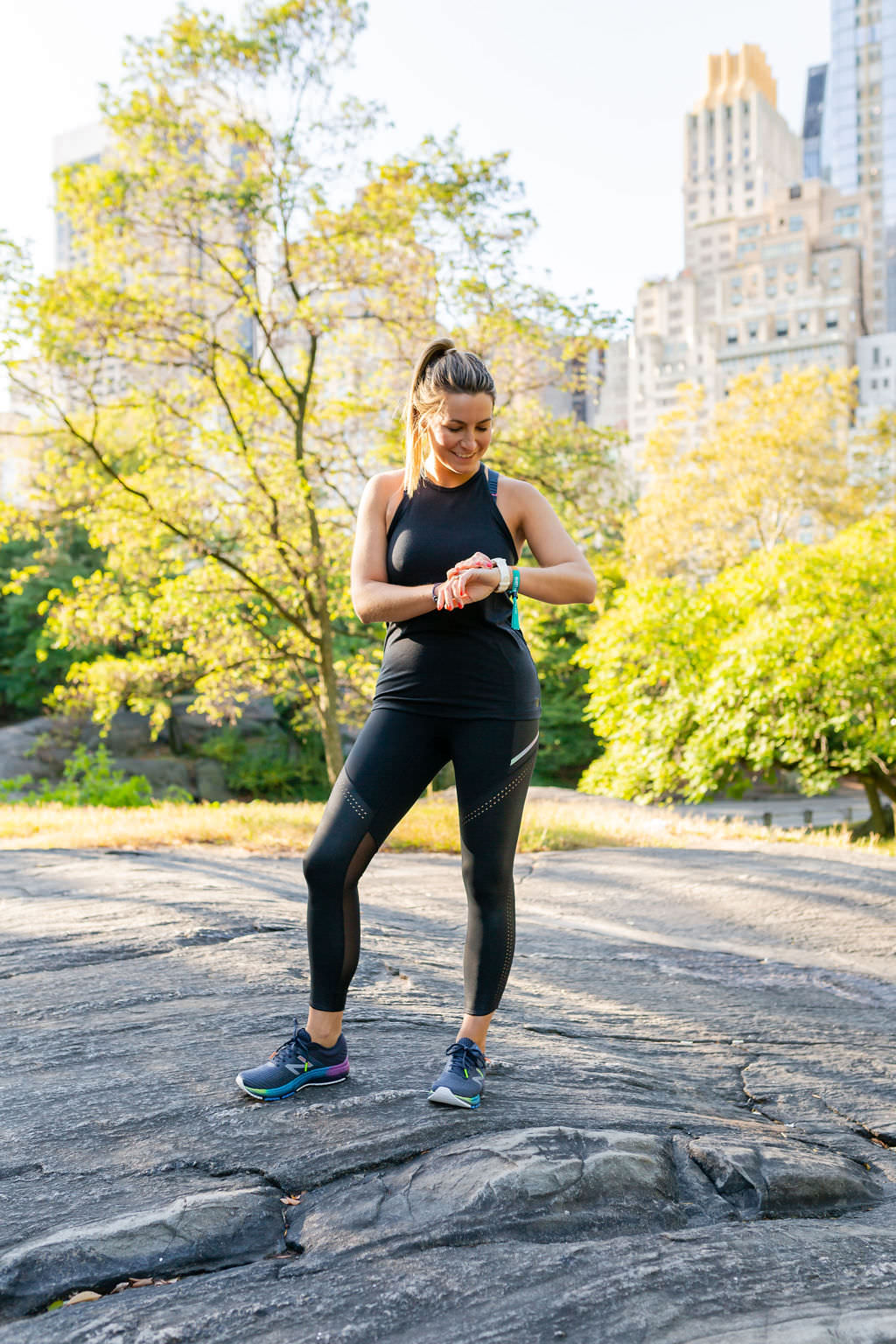
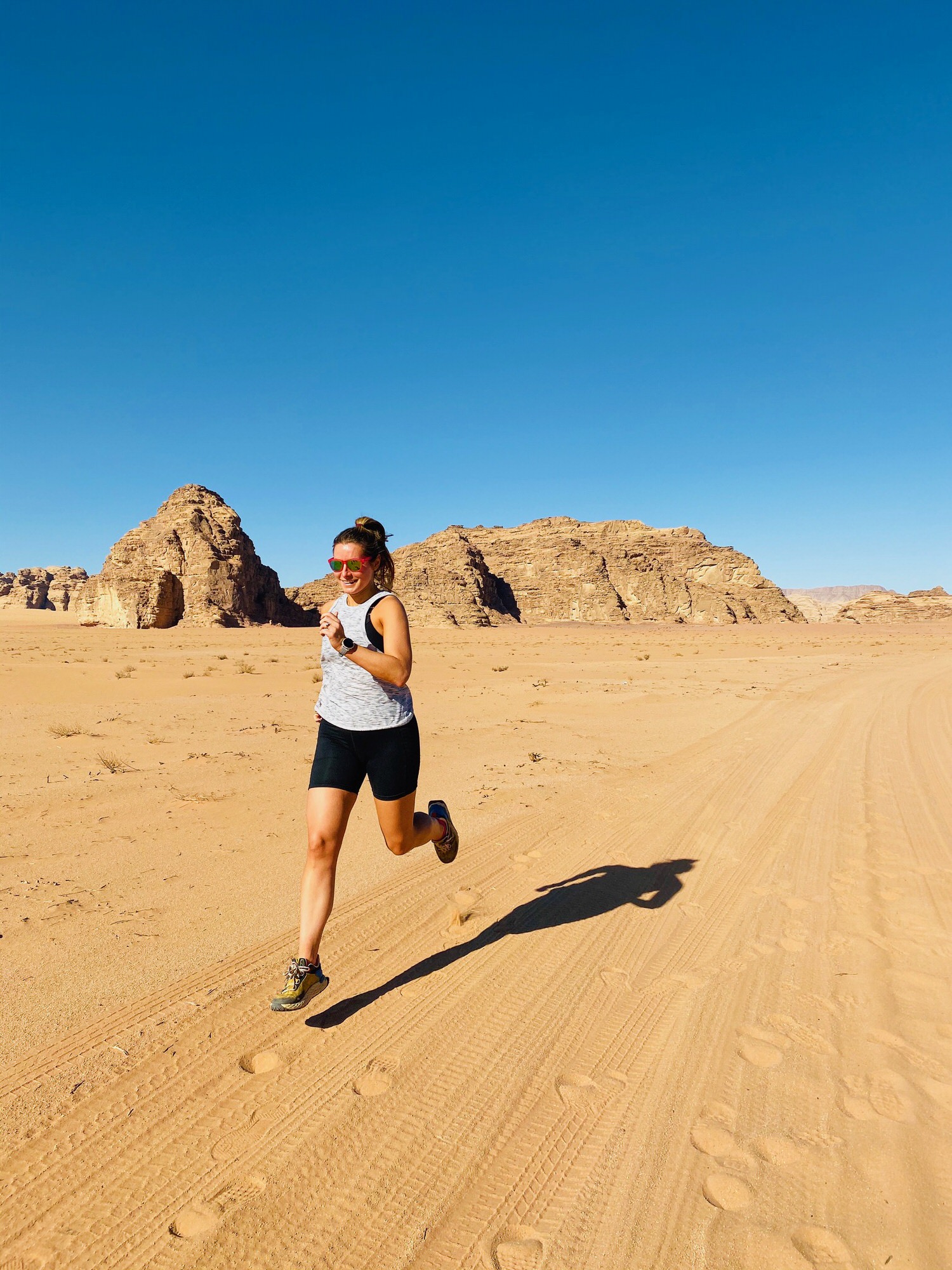
With size 7-7.5 size feet the only choice for many years was to wear men’s shoes. Getting properly fitted women’s shoes was a revelation! Fortunately women’s larger sizes are now more widely available. Advanced Performance in Cambridge were able to offer my sister a choice of 5 or 6 in size 8 and even have women’s sized 9 and 10.
Mesmerising. G.
Such good information for everyone, I appreciate you including me!
Thanks, found this really helpful,especially as considering some new trainers
Thank you very much for sharing great article, 3 day split workout is also help us to keep our body fit.